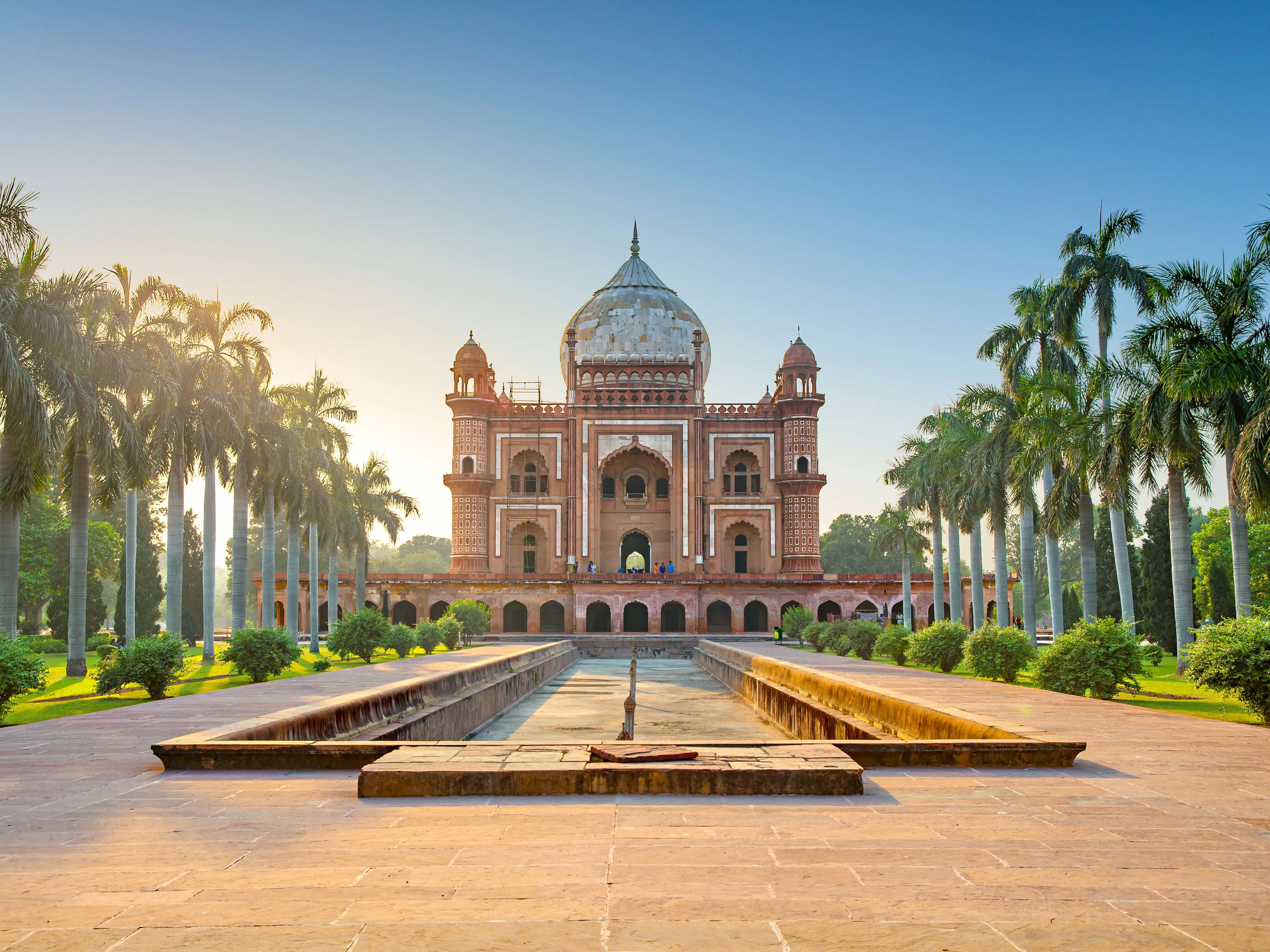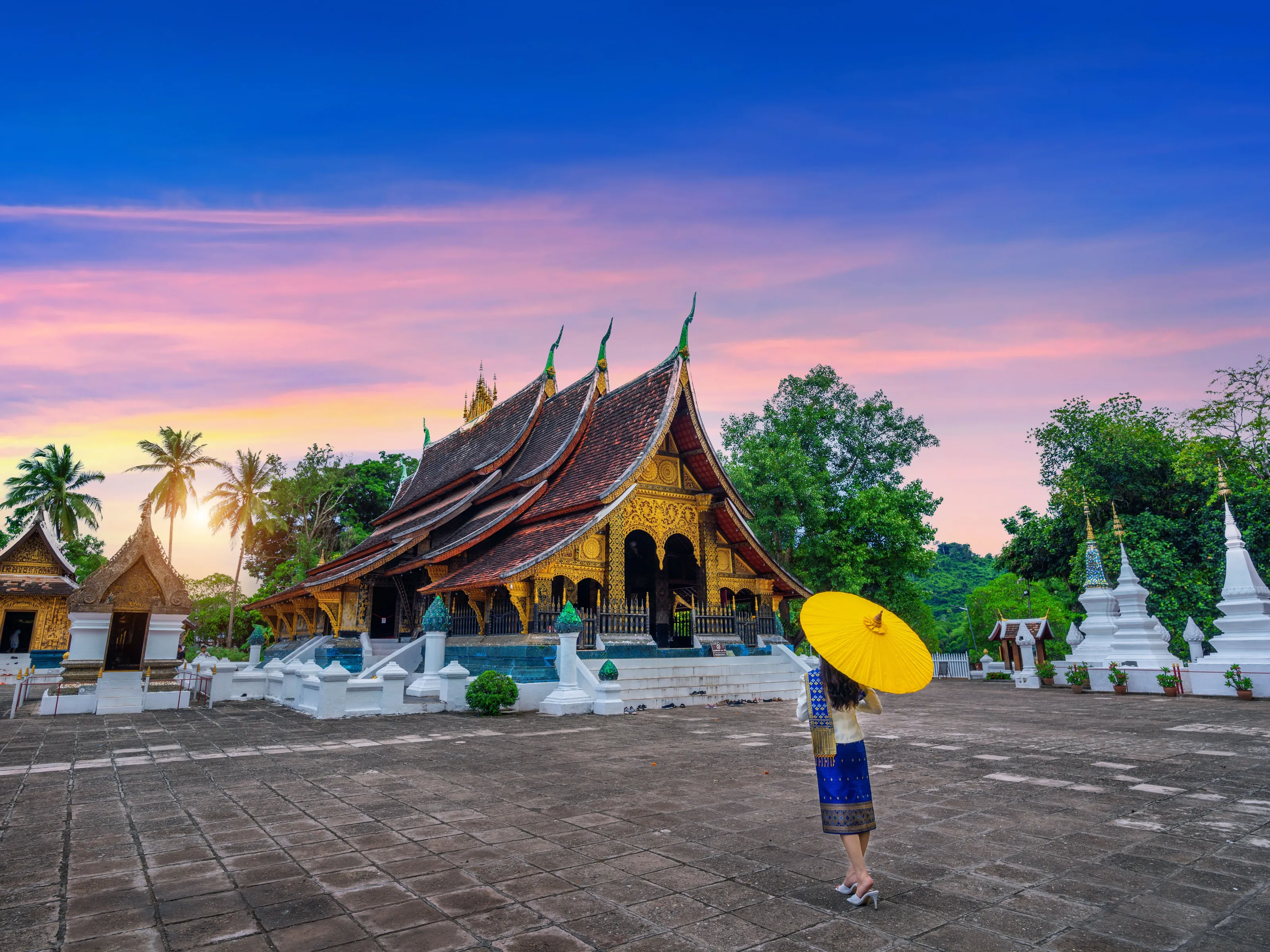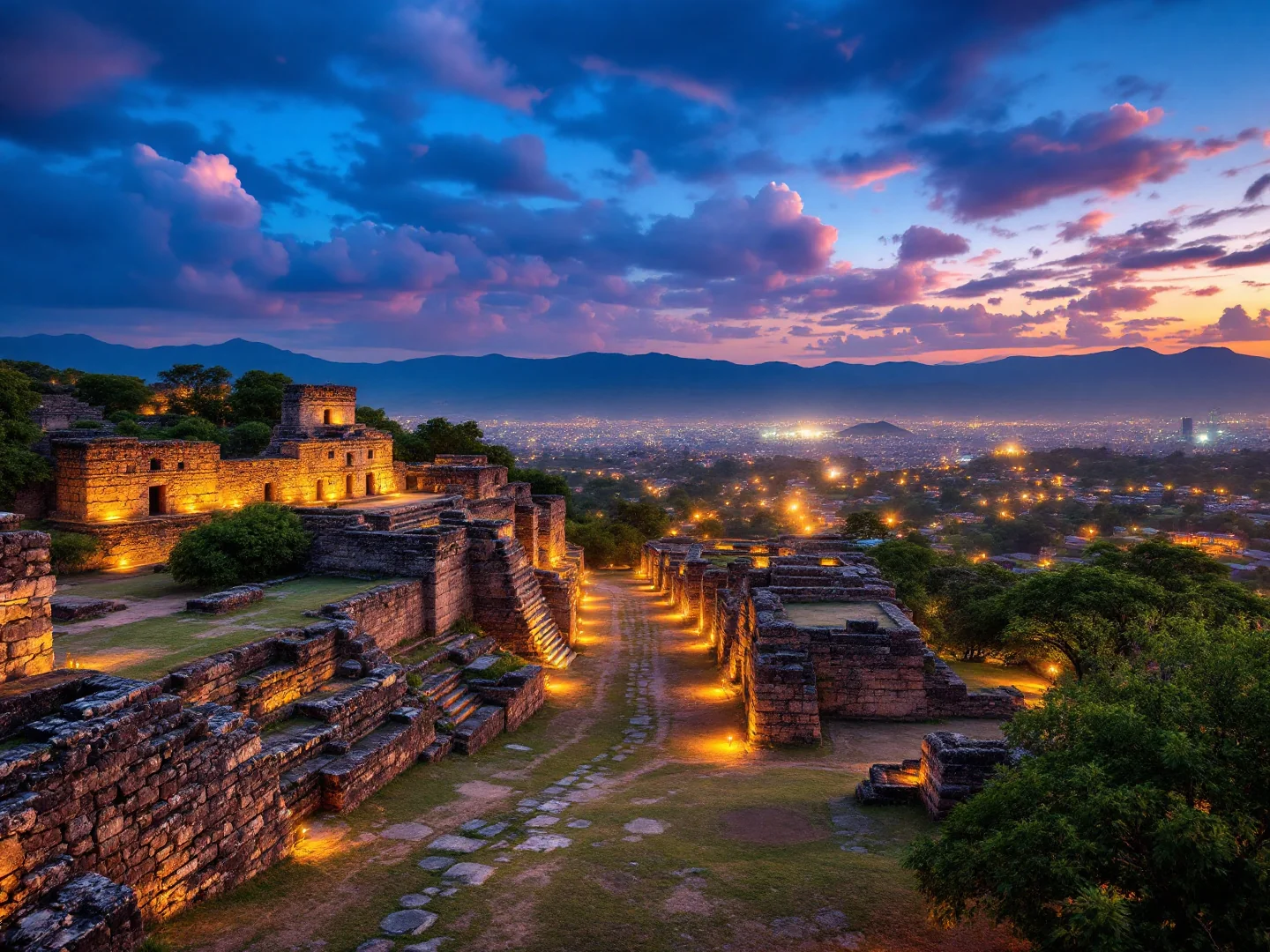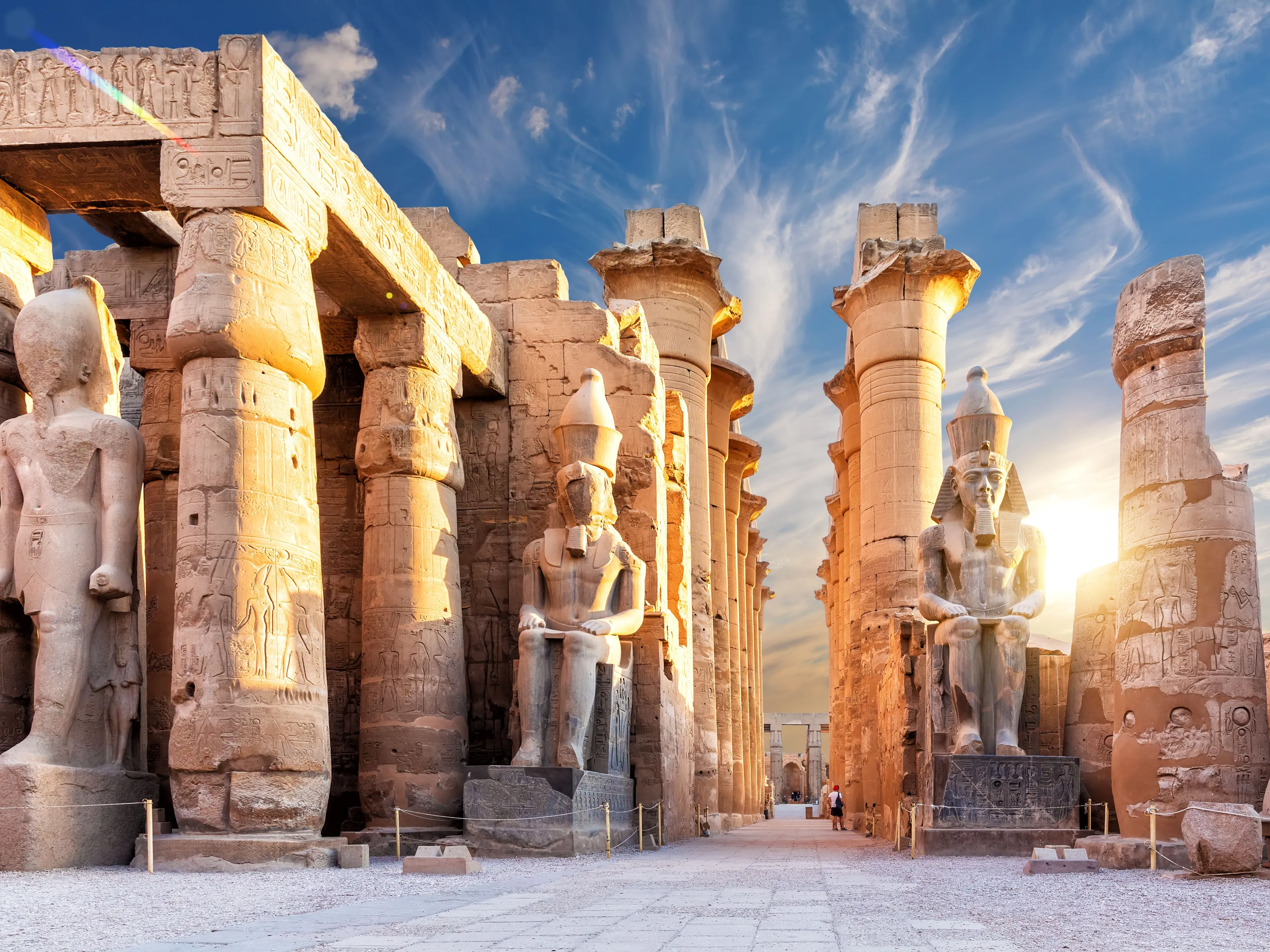Why Visit Jaipur?
Jaipur captivates as India's 'Pink City' where rose-hued buildings line Old City streets (painted pink in 1876 to welcome Prince of Wales), Amber Fort's honey-colored ramparts crown hilltops, and turbaned vendors hawk spices, textiles, and jewelry in bazaars so photogenic they've launched a thousand Instagram accounts. The Rajasthan capital (pop. 3.9 million, metro 6.7 million) anchors India's Golden Triangle tourist circuit alongside Delhi (5hrs) and Agra (4.5hrs, home of Taj Mahal), offering first-time India visitors a manageable introduction to subcontinental chaos with stunning Rajput architecture, palace hotels, and cultural experiences.
Amber Fort (Amer Fort), 11km north, dominates Jaipur tourism—the 16th-century hilltop palace complex features mirror-studded Sheesh Mahal (Hall of Mirrors), frescoed courtyards, and elephant rides up cobbled ramps (controversial—jeep alternative available). City Palace in Jaipur's heart still houses royal family in private quarters while public sections display Mughal/Rajput fusion architecture, textile museums, and Chandra Mahal's seven-story tower. Hawa Mahal (Palace of Winds) with 953 latticed windows created cooling breezes for royal women observing street life in purdah—its five-story pink sandstone façade is Jaipur's iconic image.
Jantar Mantar, an 18th-century astronomical observatory, showcases massive sundials and instruments that still calculate celestial positions with surprising accuracy (UNESCO site). Yet Jaipur's magic extends beyond monuments: bazaars define the experience. Johari Bazaar sells silver jewelry and gemstones (Jaipur is gem-cutting capital), Bapu Bazaar offers textiles and juttis (embroidered shoes), and Chandpol Bazaar hawks marble carvings.
Block-printed fabrics, blue pottery, and lac bangles make affordable souvenirs—haggling mandatory (start at 40-50% of asking price). Food awakens taste buds: dal baati churma (lentils with baked wheat balls), laal maas (fiery mutton curry), ghewar sweets, and masala chai from roadside stalls. Modern Jaipur balances tradition with growth: MI Road and C-Scheme offer shopping malls and Western chains, while rooftop restaurants in Old City serve sunset views with dinner.
Day trips reach: Pushkar's holy lake and camel fair (3hrs), Ranthambore National Park's Bengal tigers (4hrs), and Ajmer's Sufi shrine (2hrs). The best months (October-March) deliver pleasant weather (15-27°C), avoiding brutal summer heat (40-48°C April-June) and monsoon rains (July-September). With budget-friendly prices (meals $2–$5 palace entry $5–$12), colorful visuals unmatched globally, and strategic Golden Triangle location enabling Delhi-Agra-Jaipur circuits, Jaipur offers quintessential India that's intense yet manageable, chaotic yet structured, overwhelming yet unforgettable.
What to Do
Rajput Palaces & Forts
Amber Fort Hilltop Marvel
16th-century hilltop fort-palace 11km north (₹500/$6 entry for foreigners)—honey-colored ramparts, mirror-studded Sheesh Mahal (Hall of Mirrors), frescoed courtyards. Elephant rides (around ₹900-1,100) are still offered but heavily criticized by welfare groups—opt for a jeep (₹400) or walk up to support better practices. Arrive 8-9am before crowds. Allow 2-3 hours. Sunset views from ramparts spectacular. Audio guide helpful (₹200).
City Palace Living Heritage
Jaipur's heart—royal family still occupies private quarters (entry from about ₹700 for foreigners to the museum wings, with much higher premium tickets for royal apartments access). Chandra Mahal's seven-story tower, textile museum, weapons gallery, Mughal-Rajput fusion architecture. Peacock courtyard especially photogenic. Go early (9-10am) or late afternoon (4-5pm). Jantar Mantar observatory next door (₹200 for foreigners) worth combining.
Hawa Mahal Palace of Winds
Jaipur's iconic image—953-window pink sandstone façade where royal women observed street life in purdah. Better from outside than inside (entry ₹200 foreigners, ₹50 Indians; the façade is best viewed from the street or rooftop cafés opposite). Cross street for full-façade photos from rooftop cafés (Wind View Café). Early morning (7-8am) or golden hour (5-6pm) best light. 15-minute visit inside, breeze-catching design ingenious.
Markets & Shopping Paradise
Johari Bazaar Jewelry & Gems
Jaipur is gem-cutting capital—silver jewelry, precious stones, Kundan work (gold foil inlay). Bargain HARD (start 40-50% of asking price). Go with local guide or research prices beforehand—tourist markup extreme. Reputable shops: Gem Testing Laboratory-certified stores. Evening (5-8pm) most atmospheric. Bring cash—better haggling leverage.
Bapu Bazaar Textiles & Juttis
Block-printed fabrics, embroidered juttis (traditional shoes, ₹200-800/$2–$10), Rajasthani puppets, handicrafts. Less aggressive than Johari. Sanganer block-print shops offer factory prices—look for stamp marks on fabric edges. Try on juttis (leather softens with wear). Bargaining essential. Sunday closed. Morning (10am-1pm) or evening (5-8pm).
Chandpol Bazaar & Blue Pottery
Marble carvings, lac bangles (traditional glass-and-shellac bracelets, ₹50-200/$1–$2), blue pottery (Persian-influenced, cobalt patterns). Watch artisans work in small workshops. Neerja Blue Pottery for quality pieces (₹500-5,000/$6–$59). Bring sturdy bag for fragile pottery. Less touristy than Johari—locals shop here.
Rajasthani Culture & Food
Dal Baati Churma Traditional Feast
Rajasthan's signature dish—lentil curry (dal) with baked wheat balls (baati), sweet crumbled wheat (churma). Try at Laxmi Mishthan Bhandar (₹250-400/$3–$5) or Chokhi Dhani village resort. Eat with hands (right hand only). Heavy meal—order at lunch. Vegetarian friendly. Pairs with buttermilk (chaas).
Chokhi Dhani Village Cultural Experience
Recreated Rajasthani village 20km south (₹700-1,200/$9–$14 with buffet). Folk dances, puppet shows, camel rides, traditional crafts, astrologer, palm reading—touristy but fun. Buffet dinner included. Go evening (7-10pm) when shows run continuously. Kids love it. Authentic? No. Entertaining? Yes. Book online for discount.
Lassi & Street Food Safety
Sweet lassi (yogurt drink, ₹40-100/$0–$1) at Lassiwala (near Ajmeri Gate). Street food at Masala Chowk food court (safer than random stalls, ₹100-300/$1–$4)—pyaz kachori, samosas, pav bhaji. Avoid raw salads, ice, unpeeled fruit. Drink bottled water only. Stick to cooked-to-order hot food. Pepto-Bismol is your friend.
Gallery
Travel Information
Getting There
- Airports: JAI
Best Time to Visit
October, November, December, January, February, March
Climate: Warm
Weather by Month
| Month | High | Low | Rainy days | Condition |
|---|---|---|---|---|
| January | 20°C | 9°C | 2 | Excellent (best) |
| February | 25°C | 11°C | 1 | Excellent (best) |
| March | 28°C | 16°C | 6 | Excellent (best) |
| April | 35°C | 22°C | 0 | Good |
| May | 39°C | 26°C | 2 | Good |
| June | 38°C | 28°C | 4 | Good |
| July | 35°C | 27°C | 17 | Wet |
| August | 31°C | 25°C | 26 | Wet |
| September | 33°C | 25°C | 9 | Good |
| October | 33°C | 20°C | 0 | Excellent (best) |
| November | 26°C | 14°C | 2 | Excellent (best) |
| December | 23°C | 11°C | 0 | Excellent (best) |
Weather data: Open-Meteo Archive (2020-2024) • Open-Meteo.com (CC BY 4.0) • Historical avg. 2020–2024
Budget
Excludes flights
Visa Requirements
Visa required
💡 🌍 Traveler Tip (November 2025): November 2025 is perfect for visiting Jaipur!
Practical Information
Getting There
Jaipur International Airport (JAI) is 13km south. Prepaid taxis to city ₹400-600/$5–$8 (30 min). App cabs (Uber, Ola) ₹200-400/$2–$5 Auto-rickshaws ₹250-350/$3–$4 (negotiate or use app). Trains from Delhi (4.5-6hrs, ₹500-2,000/$6–$24), Agra (4-5hrs), Mumbai (overnight). Buses from Delhi (5-6hrs, ₹500-800). Most visitors do Golden Triangle: fly into Delhi, train/bus Agra-Jaipur circuit. Jaipur well-connected by rail across India.
Getting Around
Auto-rickshaws are main transport—always use meter or negotiate fare upfront (apps like Uber/Ola work best for fair pricing). City taxis available but pricier. Cycle-rickshaws for short trips (negotiate). Jaipur Metro limited routes (₹10-30). Old City walkable within sections but large overall. Day trips: hire car with driver ($40–$60/day) for Amber Fort, outskirts. Don't self-drive (traffic insane). Most hotels arrange transport. Budget ₹500-1,000/day for getting around.
Money & Payments
Indian Rupee (INR, ₹). Exchange: $1 ≈ 90 ₹, $1 ≈ 83 ₹. ATMs widespread (withdraw max each time—fees add up). Cards accepted at hotels, upscale restaurants, but cash king for bazaars, street food, autos, tips. Carry small bills (₹10-50-100) for tips and small purchases. Tipping: ₹50-100 for guides, ₹20-50 for service, 10% in restaurants if no service charge. Bargaining essential in markets (start 40-50% of asking).
Language
Hindi is official. Rajasthani dialect common locally. English widely spoken in tourism (hotels, restaurants, guides), less so with auto drivers and bazaar vendors. Young educated Indians speak good English. Translation apps helpful for basics. Common phrases: Namaste (hello), Dhanyavaad (thank you), Kitna (how much?). Communication manageable in tourist areas, trickier off beaten path.
Cultural Tips
Remove shoes before entering temples, mosques, homes. Cover head with scarf at religious sites if required. Don't photograph people without asking (especially women). Avoid public displays of affection (conservative culture). Eat with right hand only (left for bathroom). Don't touch people's heads or point feet at people/deities. Cows are sacred—let them pass, don't shoo them. Bargaining expected in markets (shops often 3x inflate prices for tourists). Auto/taxi scams: drivers get commission taking you to shops/hotels—stick to plans. Women: firm 'no' to unwanted attention, ignore catcalls. Beggars: personal choice, but persistent if you give. Temple touts offering 'free tour' expect large donations—decline. India overwhelming at first—embrace chaos, stay patient, smile. Jaipur tourism-friendly but still India.
Perfect 3-Day Jaipur Itinerary
Day 1: Old City Palaces
Day 2: Amber Fort & Surrounds
Day 3: Day Trip or Local
Where to Stay in Jaipur
Old City (Pink City)
Best for: Historic heart, palaces, Hawa Mahal, bazaars, pink buildings, crowded, chaotic, essential
Amber Fort Area
Best for: Hilltop fort, elephant rides, main attraction outside city, half-day trip, less crowded
C-Scheme & MI Road
Best for: Modern Jaipur, shopping malls, restaurants, hotels, cleaner/quieter, less character
Johari & Bapu Bazaar
Best for: Shopping heaven, jewelry, textiles, handicrafts, street food, bargaining battles, sensory overload
Frequently Asked Questions
Do I need a visa to visit India?
What is the best time to visit Jaipur?
How much does a trip to Jaipur cost per day?
Is Jaipur safe for tourists?
What should I wear in Jaipur?
Popular Activities
Top-rated tours and experiences in Jaipur
Ready to Visit Jaipur?
Book your flights, accommodation, and activities






